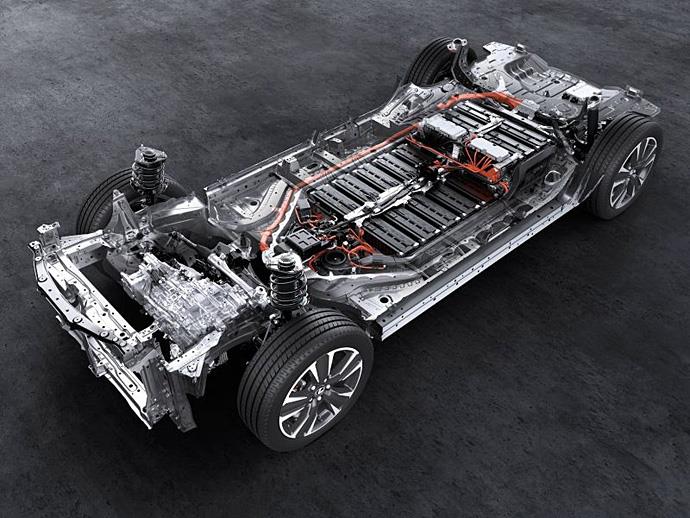What are the environmental impacts of sourcing raw materials for electric vehicle batteries?

The environmental impacts of sourcing raw materials for electric vehicle (EV) batteries are significant, as the production process involves mining and processing various metals and minerals. Some of the key materials used in EV batteries include lithium, cobalt, nickel, and graphite. Here are some of the environmental impacts associated with sourcing these materials:
- Land degradation: Mining activities can lead to deforestation, loss of biodiversity, and disruption of ecosystems. Large-scale mining operations can also cause soil erosion and contamination, leading to long-term negative impacts on local environments.
- Water pollution: The extraction and processing of raw materials can lead to water pollution, as harmful chemicals and waste products are often released into rivers, lakes, and groundwater. This can have severe consequences for aquatic life and local communities that rely on these water sources.
- Air pollution: Dust and emissions from mining and processing facilities can contribute to air pollution, affecting the quality of the air and potentially leading to respiratory issues for local communities and workers.
- Greenhouse gas emissions: The extraction, transportation, and processing of raw materials generate greenhouse gas emissions, contributing to climate change. The production of battery materials is energy-intensive, and depending on the energy sources used, it can have a substantial carbon footprint.
- Human rights concerns: Cobalt mining, in particular, has raised human rights concerns in countries like the Democratic Republic of Congo, where child labor and unsafe working conditions are prevalent. The demand for these raw materials can exacerbate social and economic inequalities in regions where mining occurs.
To mitigate these environmental impacts, it is crucial to promote responsible and sustainable mining practices, invest in recycling technologies to recover valuable materials from used batteries, and explore alternative materials with lower environmental footprints. Additionally, supporting research and development of new battery technologies that rely on less harmful or more abundant materials can help reduce the environmental impact of EV batteries in the long run.


